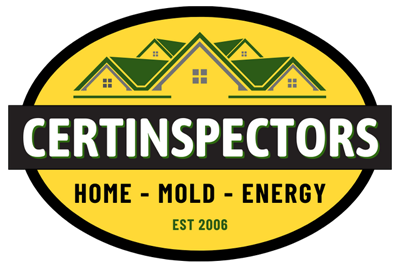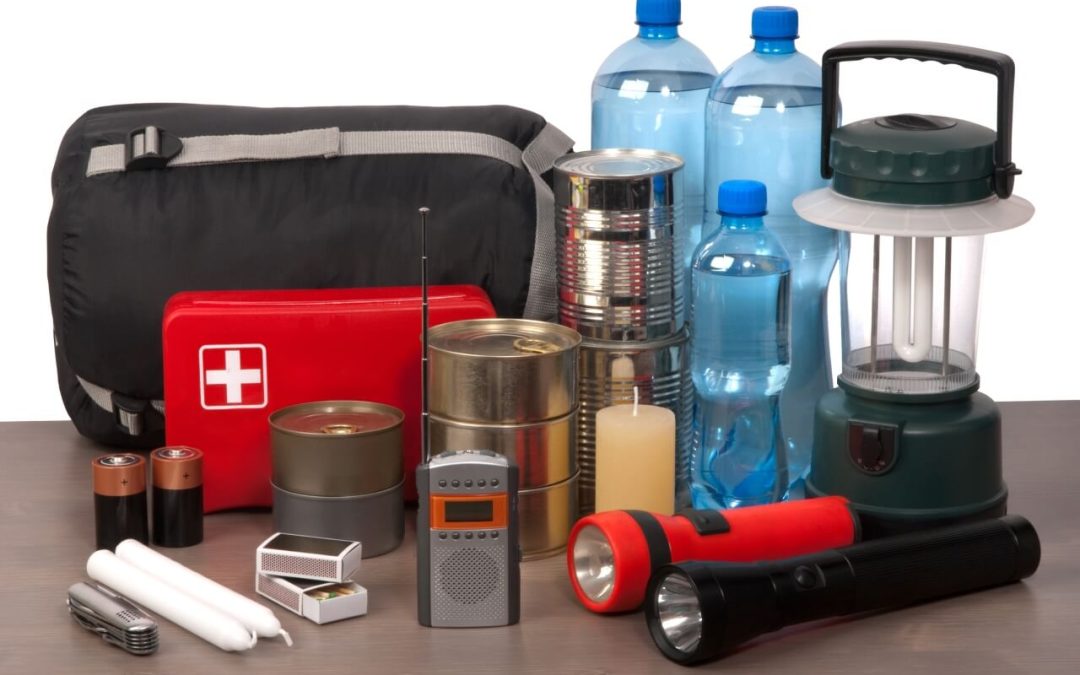1. Put Smoke Alarms at the Top of the Home Safety Essentials List
It’s estimated that each year, 3 out of 5 house fire deaths occur in homes without a working smoke alarm. Fire deaths usually occur at night, so place a smoke detector inside and outside of all bedrooms and on each level of your home. Change the batteries once a year and test the alarms monthly to make sure they’re working properly.
2. Fire Extinguishers are Home Safety Essentials
Small fires can be put out quickly and safely with a simple fire extinguisher. Place one fire extinguisher in or near the kitchen as part of your home safety essentials. Become familiar with each type and what kind of fires they put out. Learn how to use your fire extinguisher and when it is appropriate to use it instead of leaving the building.
3. Escape Plan
Draw up an escape plan for your family that includes 2 ways to leave each room. Put escape ladders in upstairs bedrooms as part of their home safety essentials. An attached ladder in the window well of a basement can also be a lifesaver. Make sure everyone in the home knows how to use these escape ladders. Designate a meeting spot for after you’ve left the house.
4. Carbon Monoxide Detectors are Home Safety Essentials
Most people know that working smoke detectors are important home safety essentials. However, there are many homes that don’t have a carbon monoxide detector.
Carbon monoxide is a deadly gas that is odorless and colorless. Have one on every floor and in all bedrooms. Combination smoke and carbon monoxide detectors are available. If using them separately, check batteries and proper functioning along with your smoke detectors.
5. First Aid Kit
Many families include a first aid kit in their home safety essentials. You assemble your own first aid kit, but it’s easier to buy one already built. Basic components of a first aid kit should include compression wraps, tweezers, peroxide, antibiotic ointment, assorted bandages, antiseptic wipes, antihistamine tablets, and eyewash. Also, put a first aid kit in your car so that you are always prepared to tend to injuries.
6. Contact List
Make an emergency contact list part of your home safety essentials. Include phone numbers for your doctor, poison control, animal control, your utility companies, a trusted neighbor, and your veterinarian if you have pets. Include your cell phone number for babysitters. Place your list in a prominent place where it’s easily found. Although it’s good to have these numbers stored in your phone, there could be scenarios where a hard copy is necessary.
7. Disaster Kit
Earthquakes, hurricanes, tornadoes, and other disasters put lives in jeopardy. Be sure to keep a disaster kit as a home safety essential. There are many pre-made disaster kits available, or you can assemble your own. Your disaster kit should include one gallon of water and non-perishable food to last each person at least 3 days, flashlights, extra batteries, a whistle, solar-powered charger, battery-powered or hand-cranked radio, matches, extra prescription medication, and cash.
Certinspectors provides home inspection services to the Hudson Valley in New York. Contact us to schedule our services.

